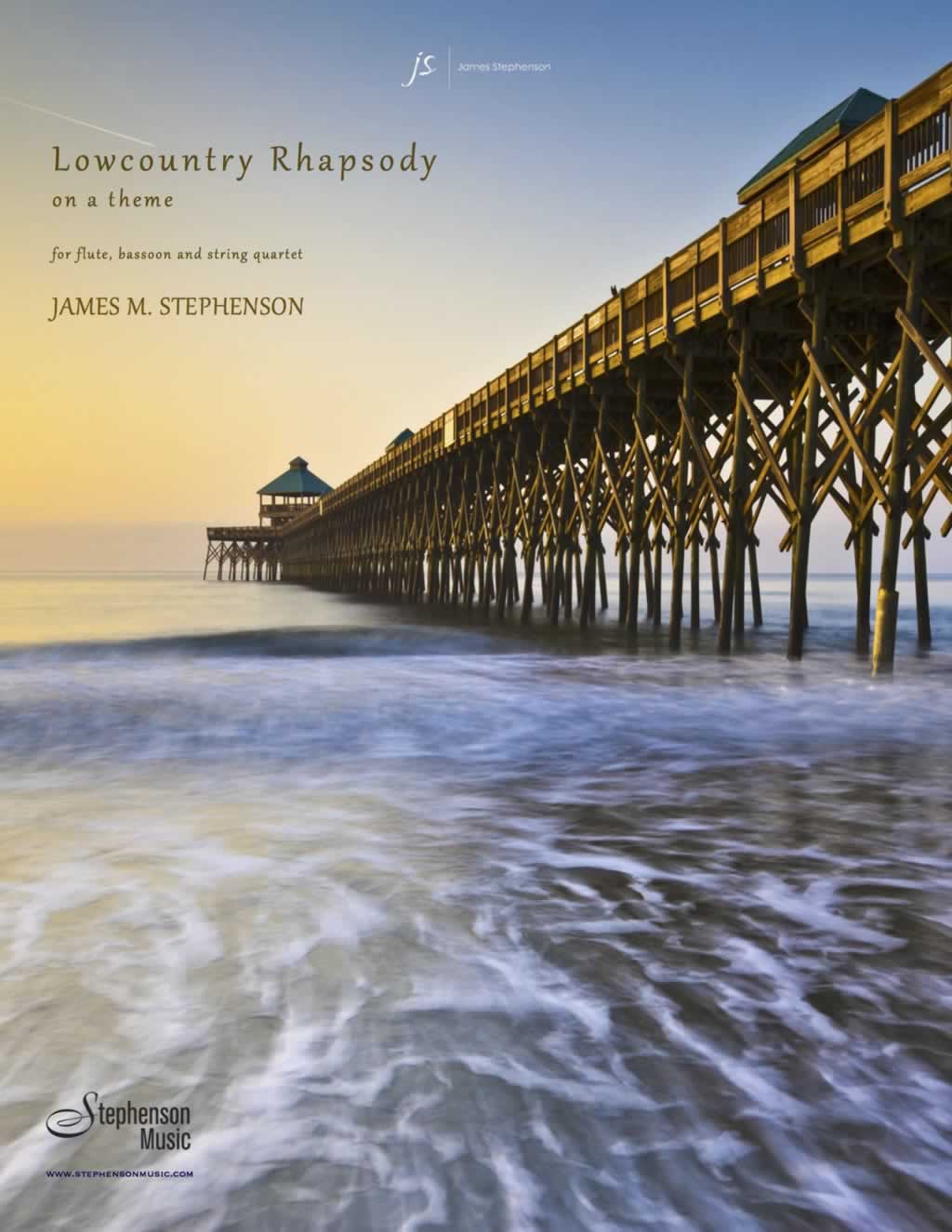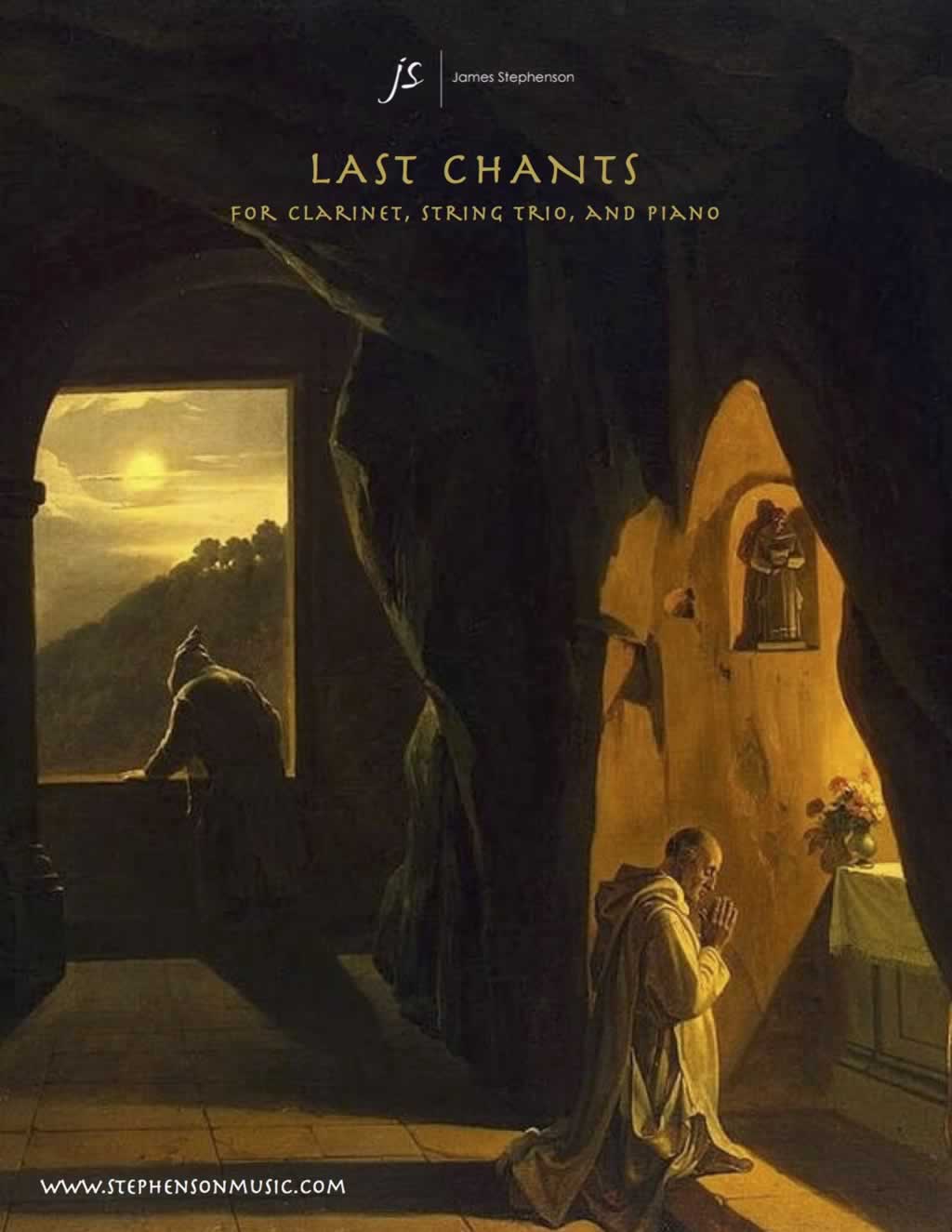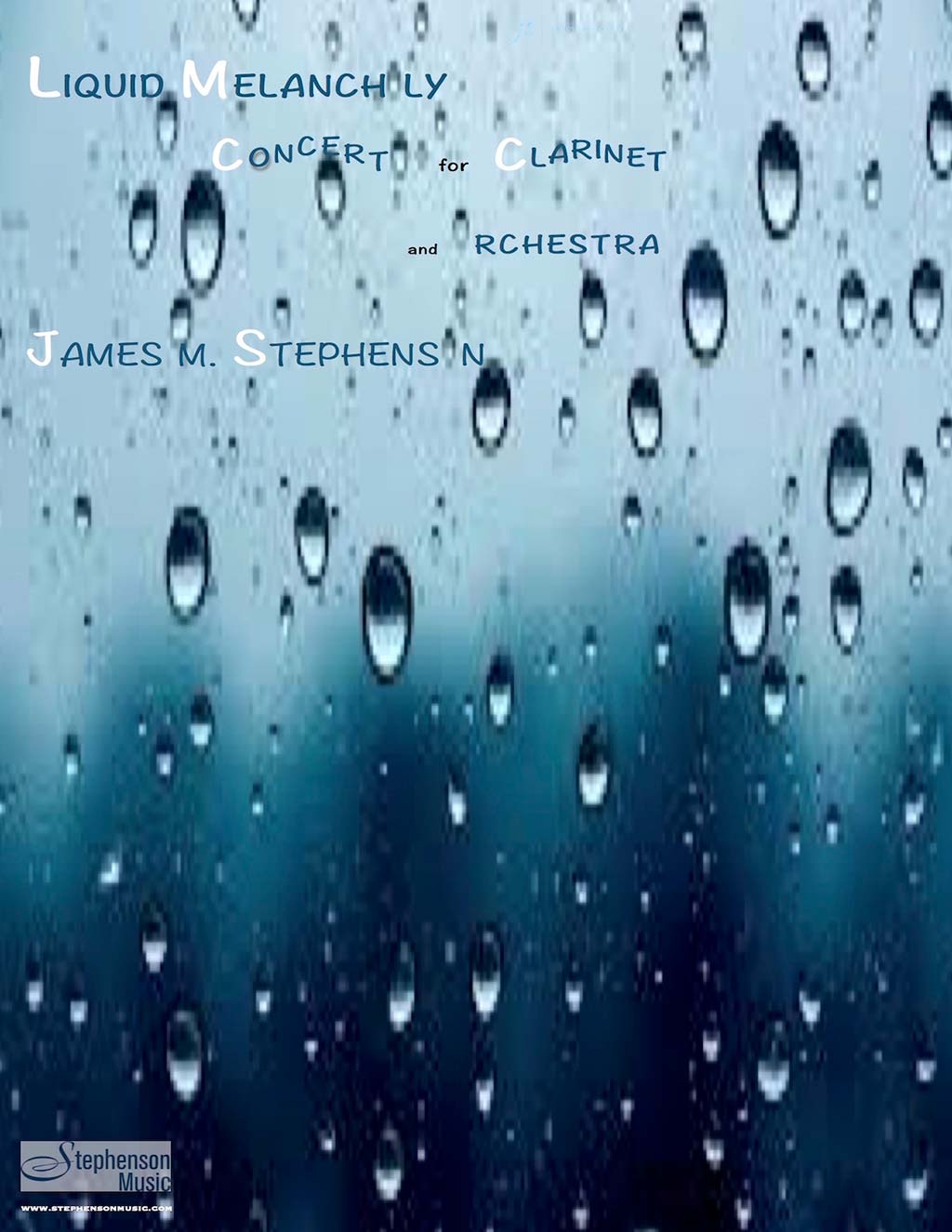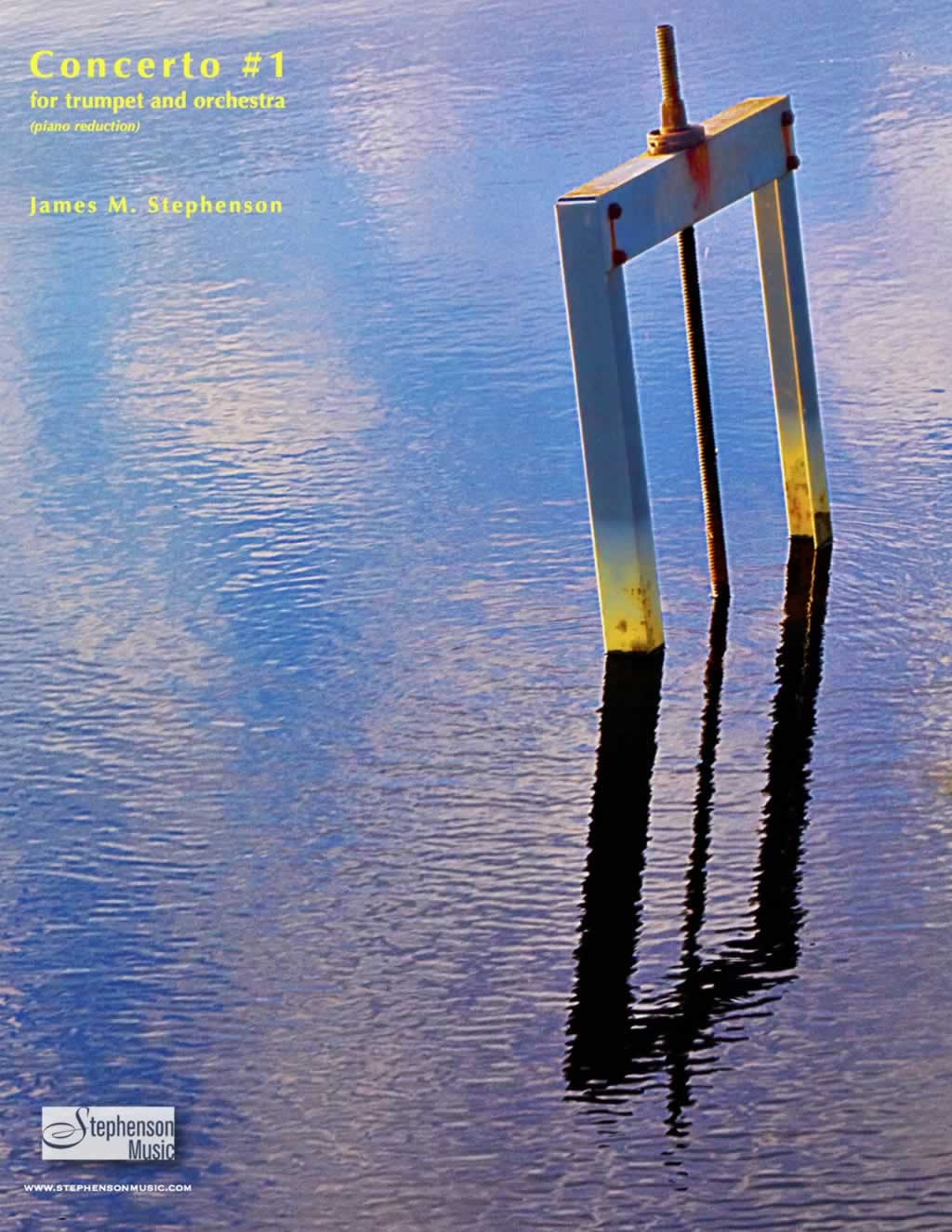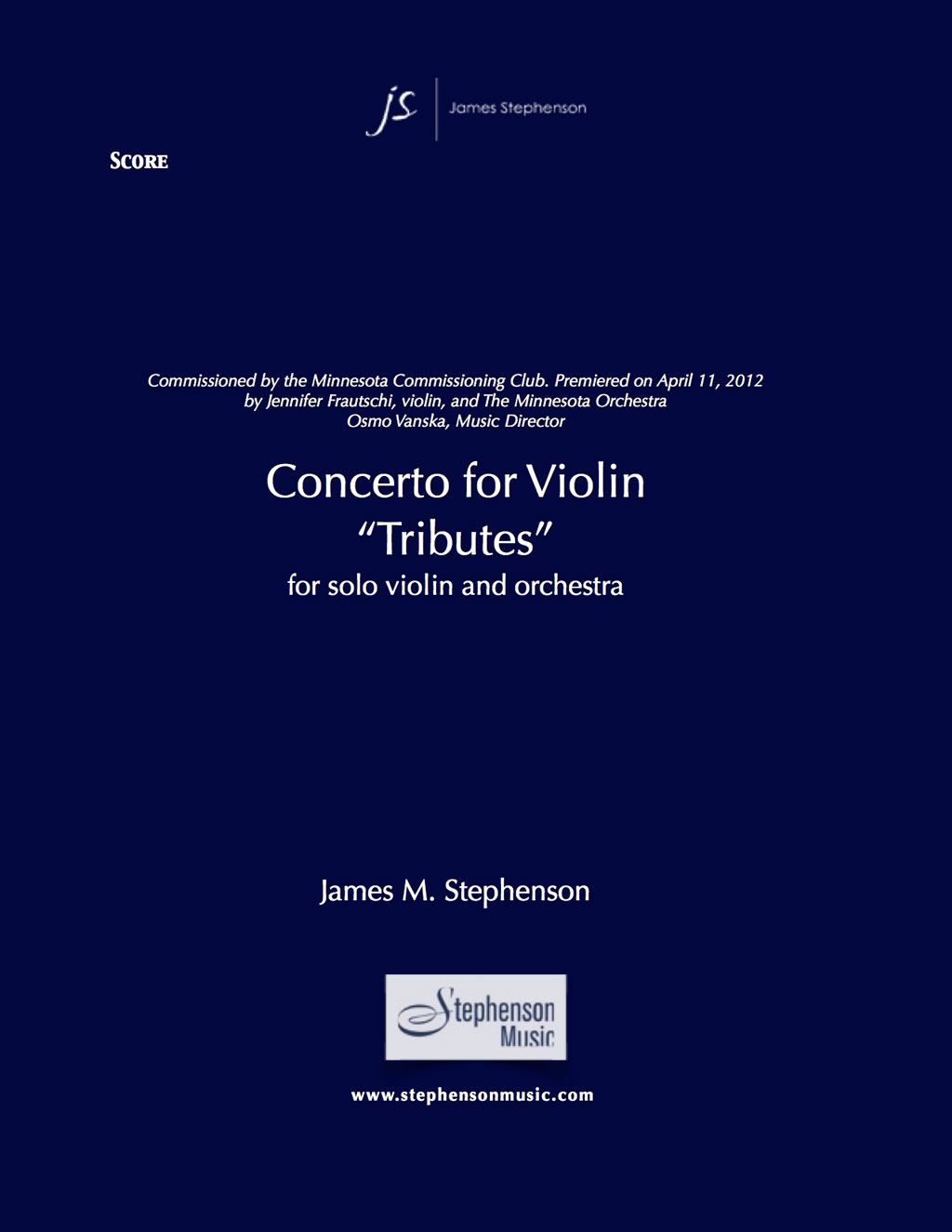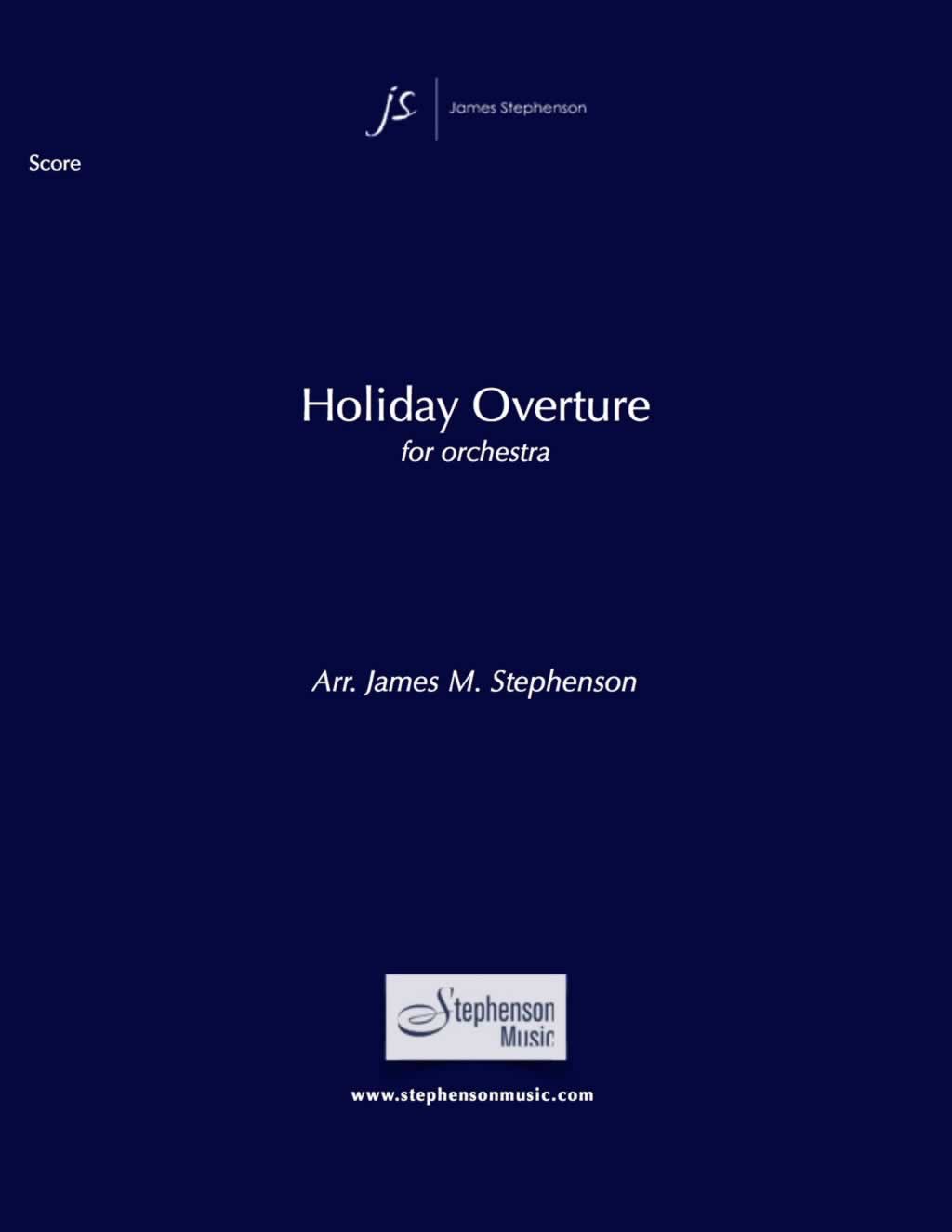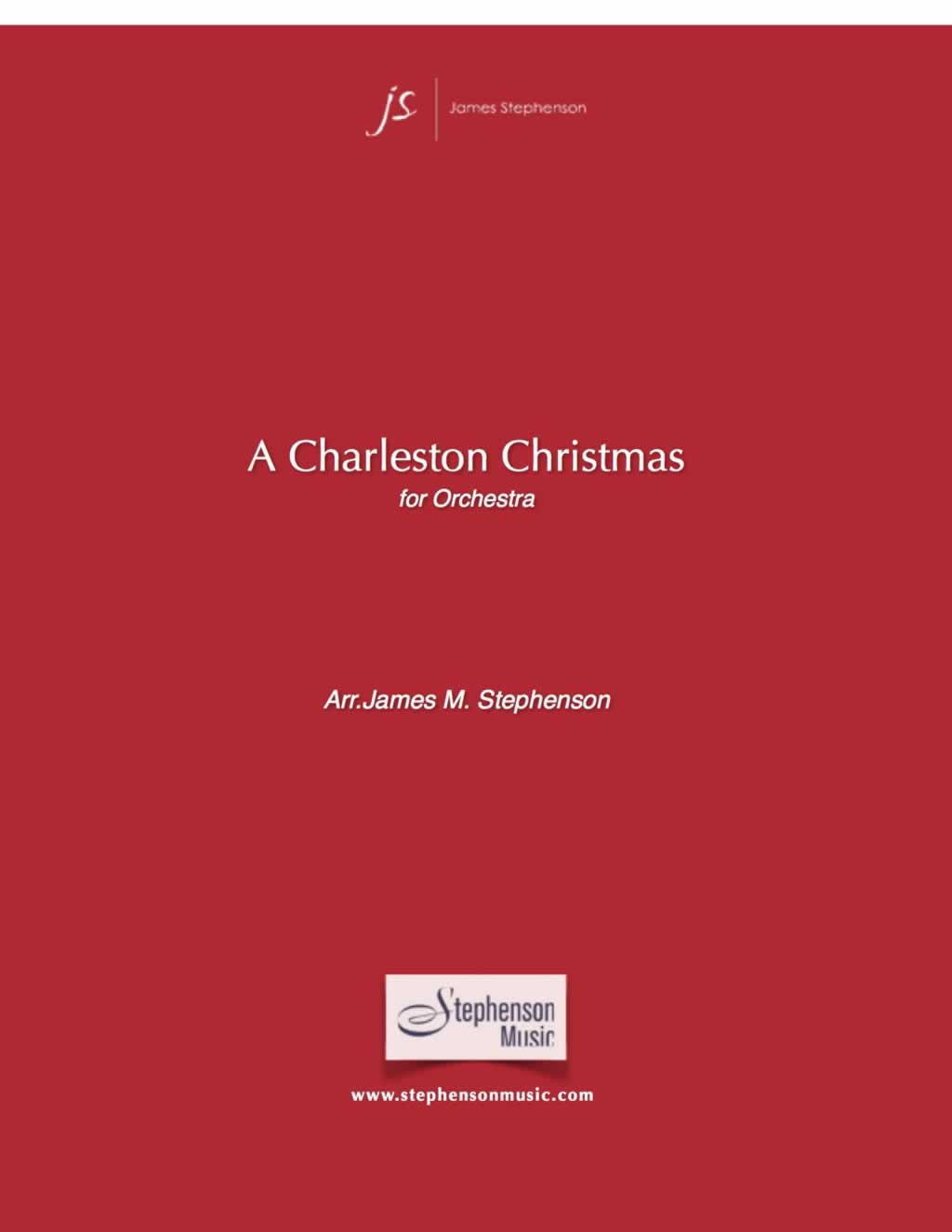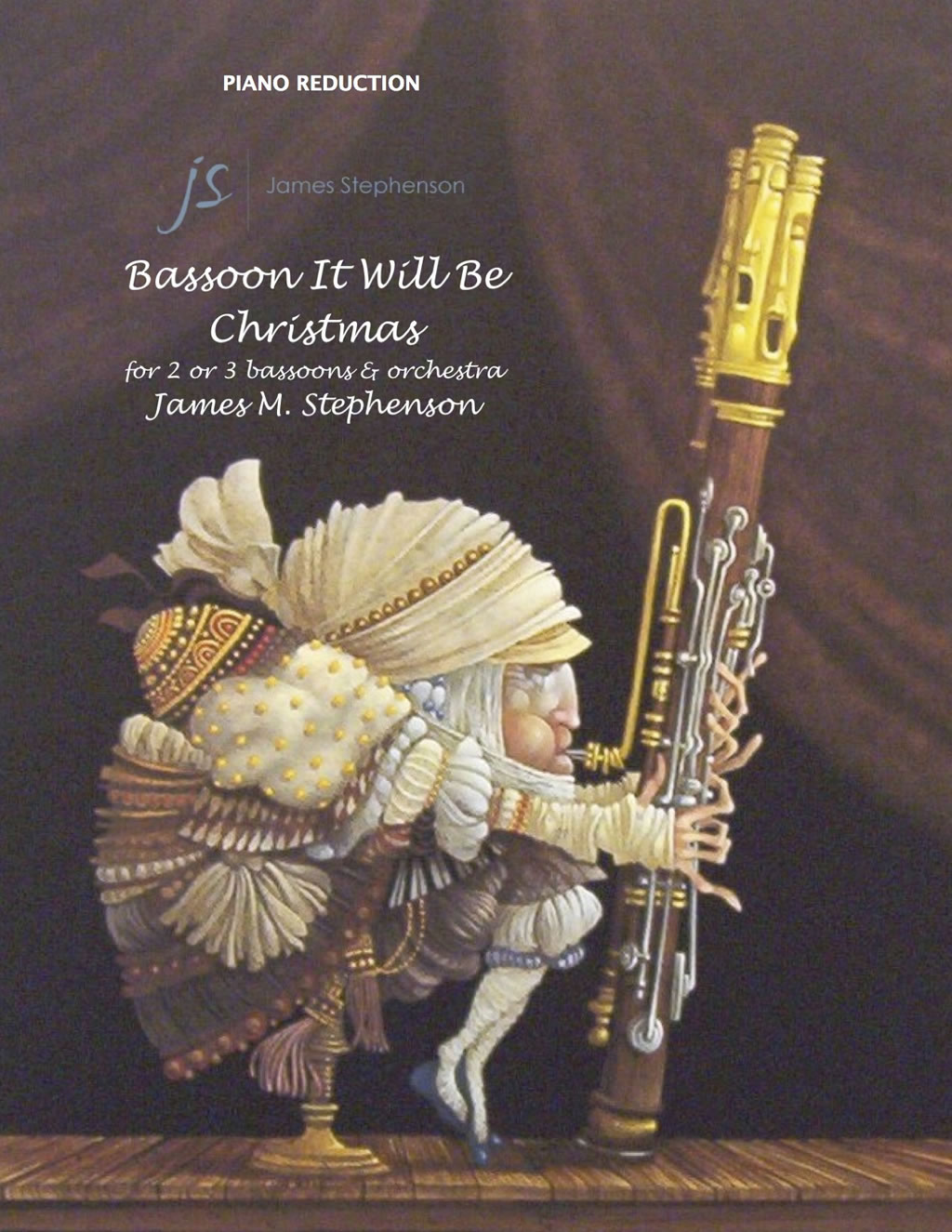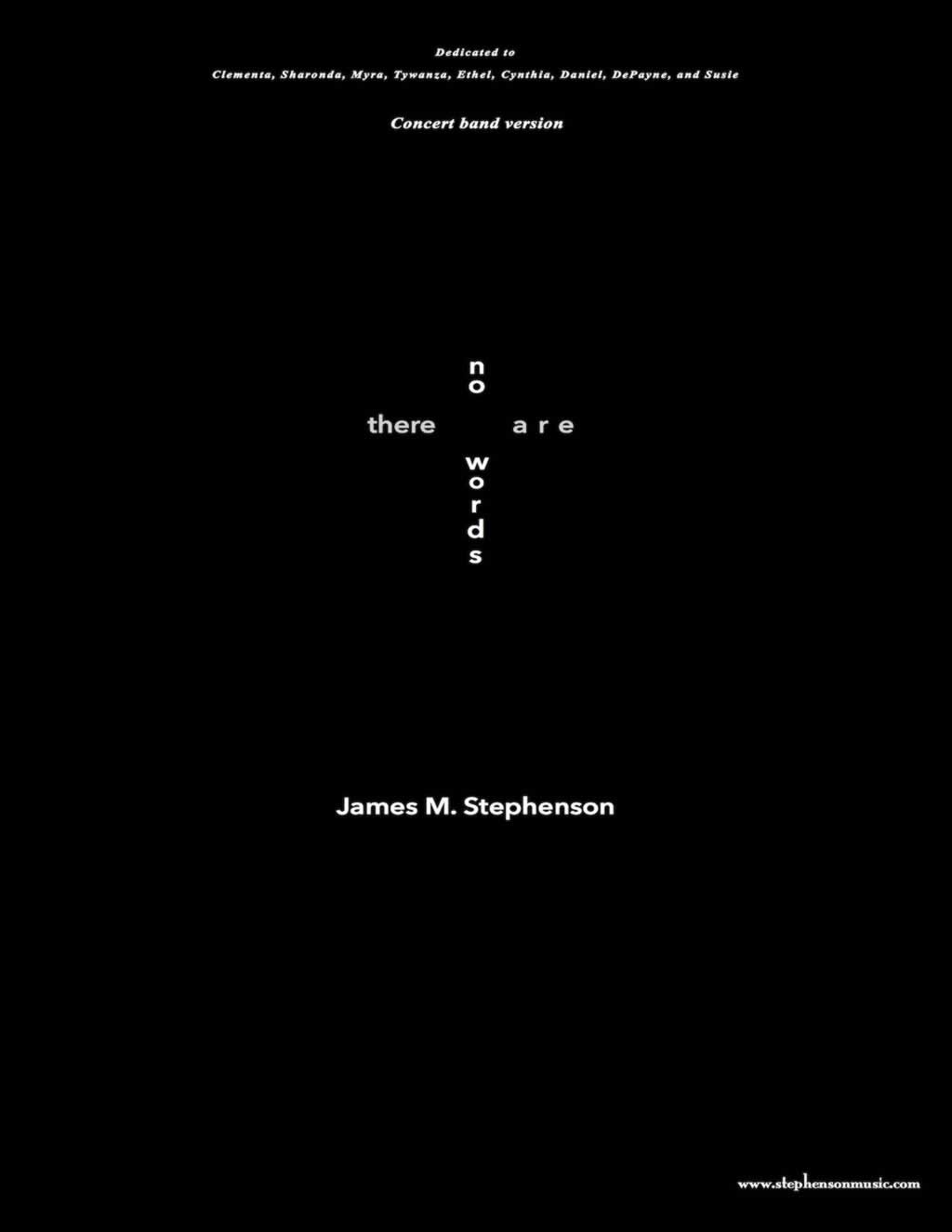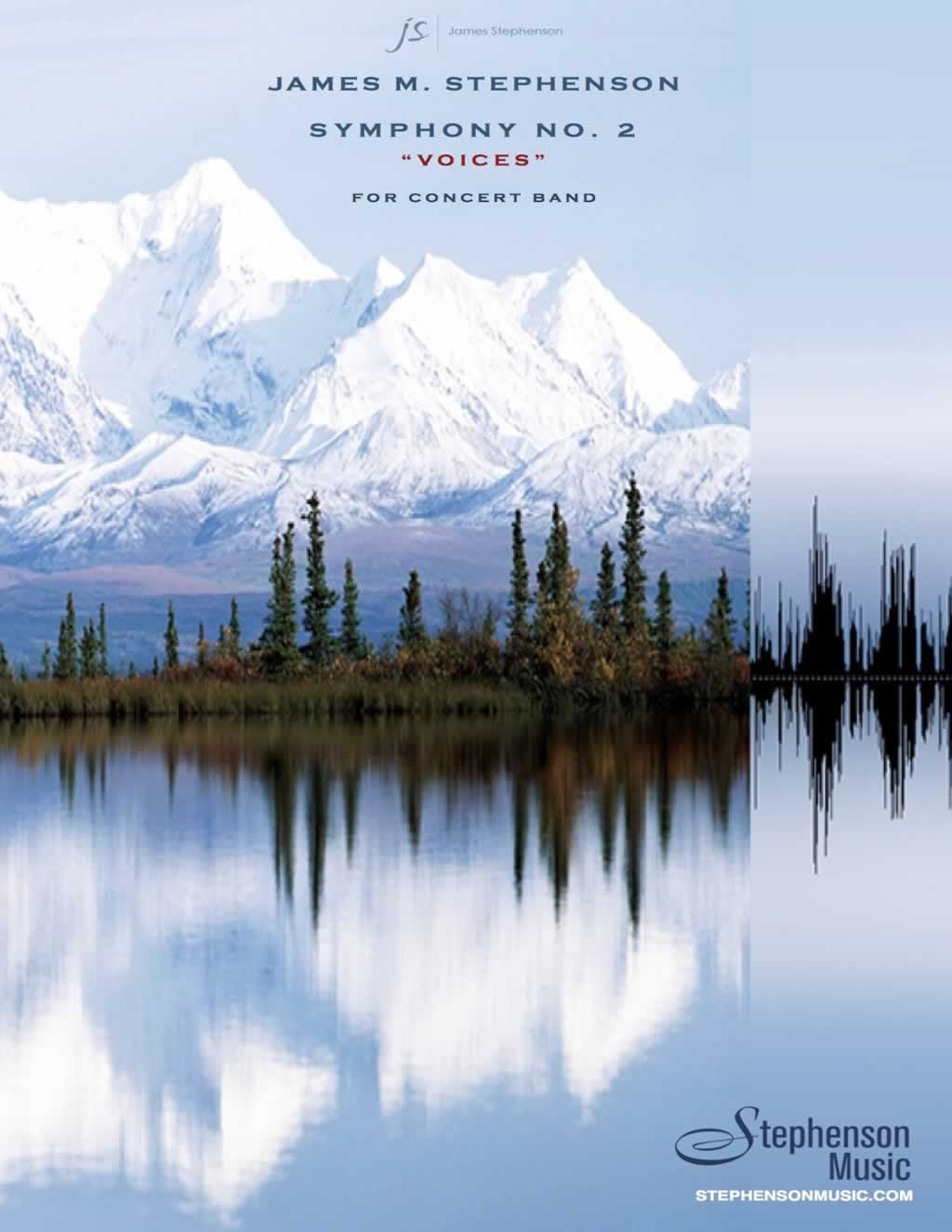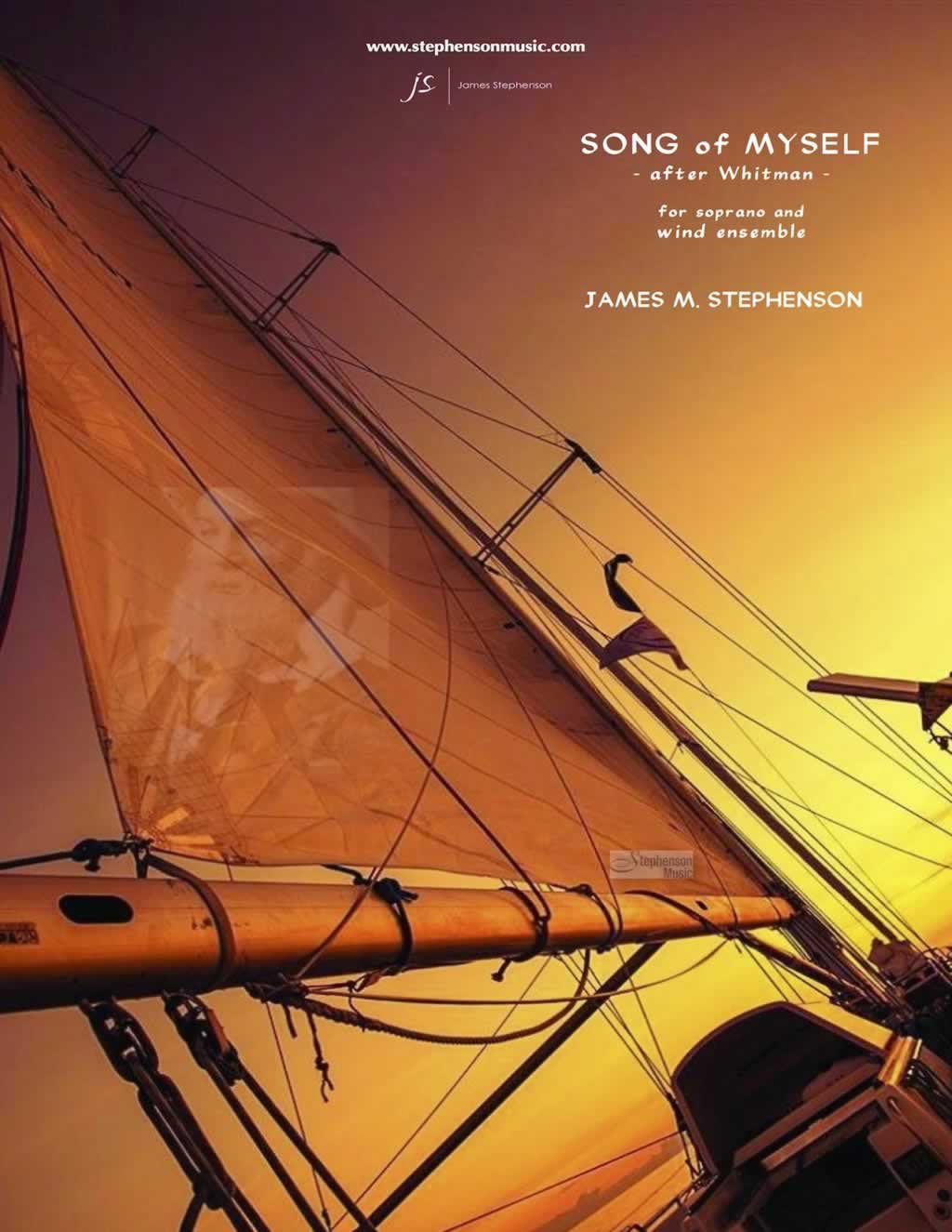Composer
Since becoming a full-time composer in 2007, I have been fortunate to have had a steady stream of commissions and projects, keeping me always on task and, luckily, in demand. Stemming from my days as a professional trumpeter in the Naples (FL) Philharmonic, I have endeavored to be a “performer’s composer” – always remaining sensitive to the needs of those who are on stage making the music happen. Chicago Symphony clarinetist John Yeh has playfully called me “The Concerto King”, and I am happy to admit that my catalog does include a concerto, and sonata, for nearly every symphonic instrument, with more being added every year.
A notable characteristic I try to infuse in my music is rhythmic momentum, as well as colorful scoring and orchestration, whether for instruments of the same timbre, or in mixed chamber settings. For me, this is the playground, and I absolutely love this part of the process.
I will always cherish and hold in high esteem the musical giants of the past, in addition to adding my own modern sensitivities, so as to try to give my music a blend of familiarity and new discovery all at once. With this, I hope to lead audiences and performers on a journey of both anticipation and reward.
~ Jim Stephenson
Chamber Music
What I love about chamber music is its original connotation: it’s a conversation, in a room. Performing musicians love to interact with one another, to speak to one another, to raise a question to a colleague, and then have them answer it, while perhaps adding something new to the moment, and so on, and so on.
Therefore, I try to write music that feeds this need, that inspires the players to search for meaning, and then express it, to one another, and then subsequently to the audience. There’s a privacy to chamber music that is not a part of an orchestral setting – an intimacy that, if respected, can provide such personal satisfaction and high rewards.
-
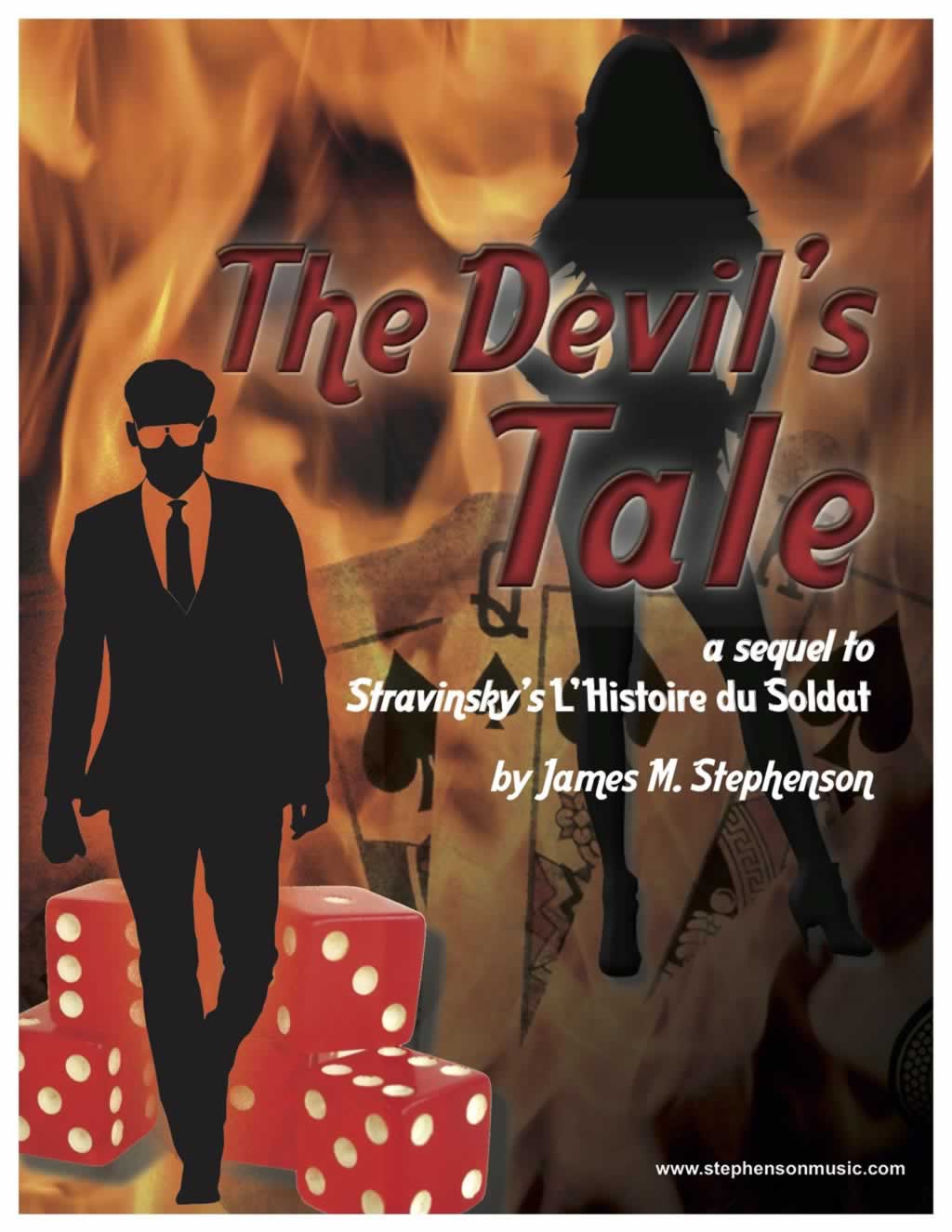 The Devil’s Tale$60.00 – $300.00
The Devil’s Tale$60.00 – $300.00 -
 Lowcountry Rhapsody$40.00
Lowcountry Rhapsody$40.00 -
 Last Chants$40.00
Last Chants$40.00
Gail Williams; former Chicago Symphony hornist; Professor of French Horn, Northwestern University
Jim…what can I say.. You challenge me musically and with a good “kick in the pants” technically!! I feel very honored to be able to premier a number of your masterpieces and look forward to more before I hang this horn up.
Solos & Concertos
I have been extremely fortunate to have been able to write for many of today’s top players, which has included principal players from almost every major symphony orchestra, in addition to many soloists and university professors. It is always my goal to make each piece personal to that player, so that the music serves as a vehicle for them to express what is unique about them as a person and as a musician. I am not concerned about painting with a wide brush with a piece, so as to “sell to the masses”, because then I would be minimizing the experience with each and every performer. I can only let history decide about each piece’s future.
Therefore, all of my concertos and recital works have a distinctly unique sound, stemming from the personality and my interaction with each dedicated soloist. For me, this has been a most interesting part of collaboration, to seek and discover where each piece might go, based on the human story I wish to tell, rather than to simply write “another Stephenson piece.”
-
 Liquid Melancholy$35.00 – $300.00
Liquid Melancholy$35.00 – $300.00 -
 Concerto #1 for Trumpet$35.00 – $300.00
Concerto #1 for Trumpet$35.00 – $300.00 -
 Violin Concerto “Tributes”$35.00 – $400.00
Violin Concerto “Tributes”$35.00 – $400.00
Holly Mulcahy; Violin Soloist
Performing Jim’s “Tributes” Violin Concerto was a highlight of the entire 2016/17 season. Bringing Jim to the performance so he could interact with the audience, musicians, and board members made it that much more exciting. Jim’s music is captivating and engaging form the first note and the audience was enraptured for the duration.
Holiday Works & Orchestral Arrangements
I actually got my start as an arranger, before becoming a composer. As a young trumpeter in Naples, I found myself arranging for the brass quintet – for educational concerts – and then later, for the orchestra, under the tutelage of Erich Kunzel, our principal pops conductor. He was a brilliant mentor, and a quick (and brutally honest) critic of scores.
This led to my fascination with orchestration, in addition to honing the necessary skill of having to work quickly and efficiently.
Subsequently, my arrangements are not standard “footballs” for anyone, but are filled with parts that keep the players interested, while satisfying the audiences’ need for comfort and tradition, perhaps with a few twists…
-
 Holiday Overture$60.00 – $230.00
Holiday Overture$60.00 – $230.00 -
 A Charleston Christmas$20.00 – $175.00
A Charleston Christmas$20.00 – $175.00 -
 Bassoon It Will Be Christmas$35.00 – $230.00
Bassoon It Will Be Christmas$35.00 – $230.00
Charlotte Craff; Manager of Artistic Operations, Utah Symphony
I just wanted to send you a note to say that your arrangements went off in spectacular fashion for our Family Holiday program at the end of December… your charts brought a fresh excitement to the familiar pieces. We really enjoyed it.
Works For Symphonic Band
Because I grew up in the “orchestral world”, I am often asked: “How is it different to compose for band rather than orchestra?”
And yes, there are obvious answers like “Well there are no strings, so phrasing based on breathing is always a concern”, or “in a band, we have twice as many percussion (usually) at our disposal”, and, “balance is always something to consider”, and, of course, there’s the sound potential…
But, for me – this is all secondary.
Writing for any ensemble that contains a set boundary (no strings, for example) actually creates freedom. A sound comes into my head, and then the musical forces given to me then shape where that sound goes. This then in turn inspires a new twist and direction, and pretty soon the music is carried forth by the vehicle, rather than being hampered by it.
If you are driving down a road, and you want to turn left, but a sign says “road closed”, you then take a new direction, and oftentimes are surprised by the scenery you might have otherwise not discovered. Writing for band provides some beautiful scenery.
-
 there are no words$60.00 – $300.00
there are no words$60.00 – $300.00 -
 Symphony No. 2 “Voices” for Wind Ensemble$80.00 – $600.00
Symphony No. 2 “Voices” for Wind Ensemble$80.00 – $600.00 -
 Song of Myself$60.00 – $300.00
Song of Myself$60.00 – $300.00
Douglas Nimmo; Director of wind ensemble (retired), Gustavus Adolphus college
After choosing Jim to compose a piece for the 150th Celebration of Gustavus, I was immediately impressed when Jim asked if he could come to campus to talk about the history of the college and history of music at the college. Moreover, he wanted to know what I thought was important about Gustavus, because he wanted to be engaged from the very beginning. The result was a magnificent and very thoughtful piece—which was premiered at the Gustavus Music Showcase in March of 2012. Thank you, Jim!

